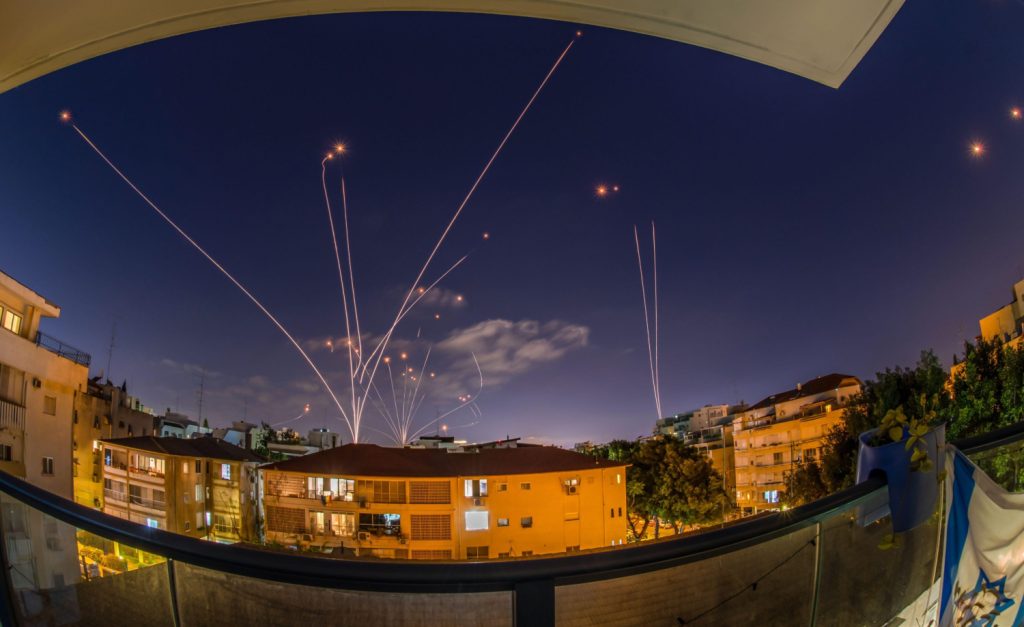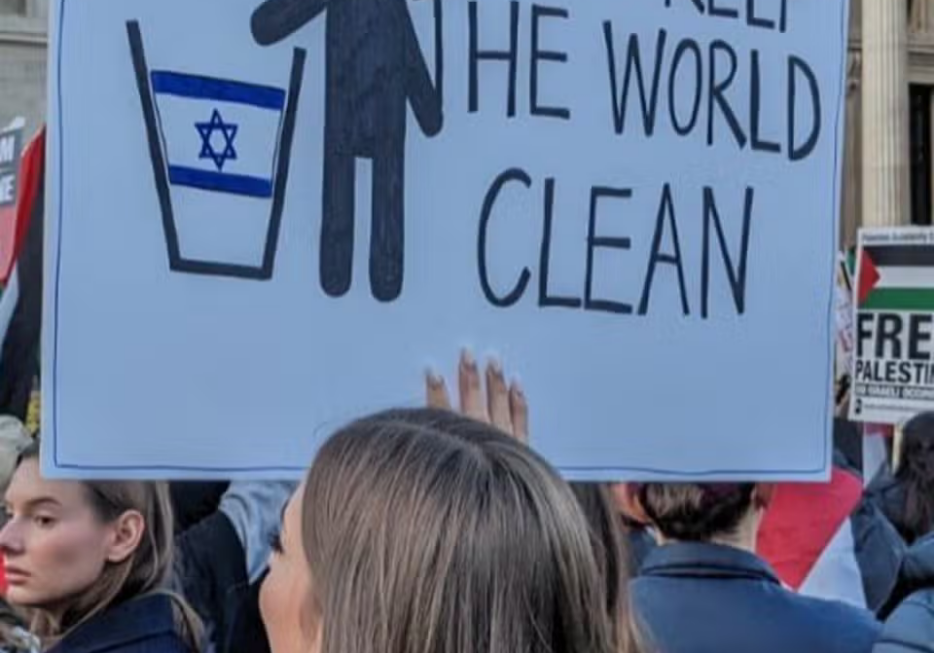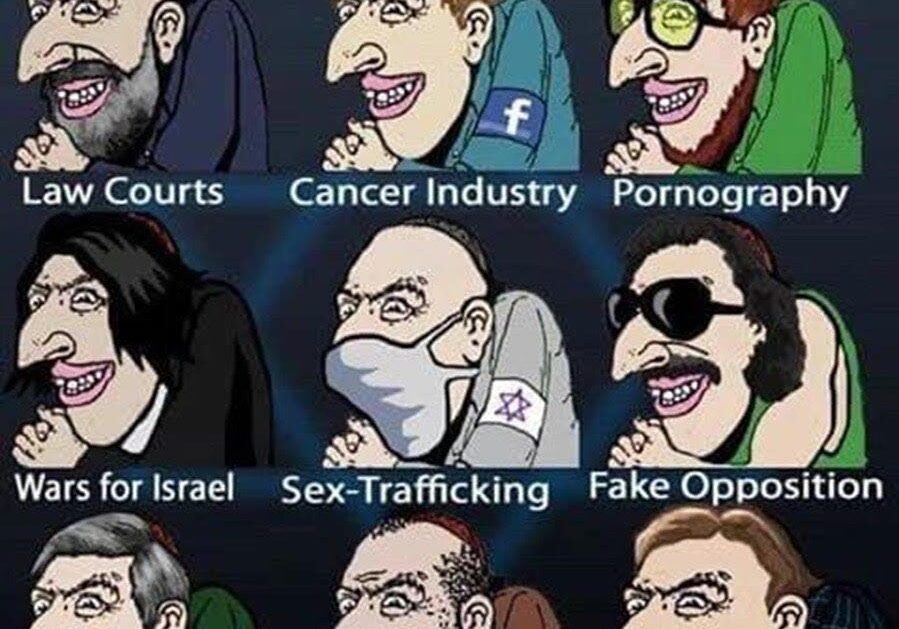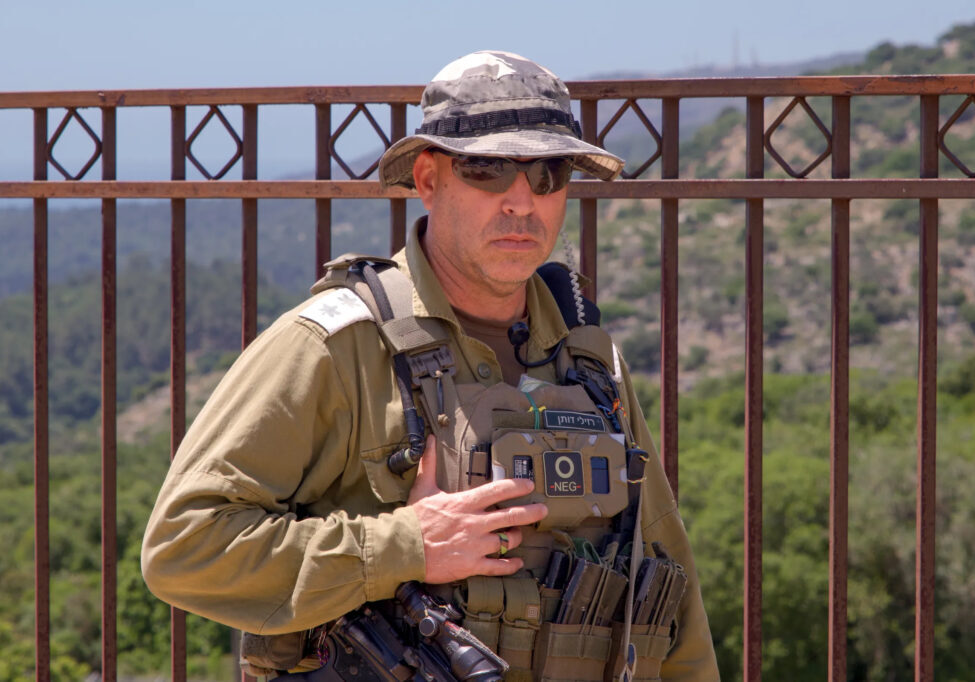Australia/Israel Review
“Shield and Arrow”
May 23, 2023 | Ron Ben-Yishai

Israel showed it can both unite and deter
Operation Shield and Arrow was intended primarily to get Palestinian Islamic Jihad (PIJ) commanders sitting in Lebanon to think twice before instructing their people in Gaza to launch rockets toward Israeli territory – whether in response to disorder in the al-Aqsa Mosque, a prisoner dying during a hunger strike, or simply to attempt to impose terror on Israeli citizens and watch as TV news broadcasts civilians frantically rushing to shelters.
Israel can safely say that the operation achieved this goal. More than this, Operation Shield and Arrow achieved a great amount through the targeting of operatives of PIJ, and not only towards PIJ directly.
Hezbollah and Hamas have now witnessed how Israel’s intelligence directorate identifies and targets senior operatives, striking them one after another, even during combat, despite their attempts to remain hidden. All of this was accomplished while Israel maintained international and public legitimacy to continue its operation, as it demonstrated that it does everything possible to avoid harming uninvolved civilians.
On top of Israel’s success in maintaining effective deterrence, the second most significant achievement for the Israel Defence Forces and Shin Bet security service was in fact this preservation of legitimacy for Israeli actions. The US Government refrained from demanding Israel cease the operation for about three days. And even when Washington did raise concerns, it was in the form of a polite request rather than a forceful ultimatum – which was the go-to tactic during the days of former President Barack Obama.
It is not that the Democratic Administration led by US President Joe Biden has softened its humanitarian approach, but rather that Israel demonstrated that it acts out of self-defence, forced to act aggressively against a terrorist organisation operating deliberately from amidst a civilian population. Strikes that risked non-combatant lives as collateral damage were carried out only when Israel determined that the targeted individuals posed an immediate danger to the well-being of hundreds of thousands of Israelis.
A powerful example to all regional adversaries
The Israeli achievements were felt not only in Gaza but also in Iran, Beirut and even in Yemen. Both Israel’s adversaries and allies have learned an important lesson from the civilian resilience and domestic cohesion they witnessed in Israel, even during the period of unprecedented social and political division created by controversial judicial reform plans.
Another valuable Israeli asset revealed in Operation Shield and Arrow is a huge leap in Israeli intelligence-gathering capabilities, specifically in identifying and targeting the operational entities responsible for launching rockets. The seamless collaboration between the IDF, Shin Bet, Air Force and various ground units represents an additional component of Israel’s enhanced capabilities. More than this, the command-and-control capabilities demonstrated – enabling swift responses within minutes – are also worth noting.
These impressive strategic capacities were developed and employed by former IDF Chief of Staff Aviv Kochavi, who completed his service earlier this year, and current Chief of Staff Herzi Halevi, who served as Kochavi’s deputy, working with Southern Command chief Eliezer Toledano and Shin Bet Director Ronen Bar. Together, they have proven that this approach is effective and feasible.
The operational unit of the Shin Bet demonstrated capabilities that had rarely been seen in recent years, but have now become the standard. The Air Force proved its ability to plan and execute with maximum precision while avoiding damage and casualties to non-combatants as much as possible.
IDF Gaza Division’s ‘Fire Canopy’
Potentially the “MVP” of the recent operation was the Gaza Division’s “Fire Canopy” system, which proved to be extremely successful with its impressive capabilities to target PIJ missile launchers and mortar teams. This system represents a significant advancement since Israel’s last operation in Gaza.
This conflict was the first time that PIJ has failed to hit a target in Israeli territory with weapons other than the rockets it fired. This achievement is attributable not only to the offensive capabilities of the IDF and Shin Bet, but also to the well-prepared military and civilian defence arrangements ahead of the operation and the Israeli citizens who displayed remarkable resilience.
The achievements of the Iron Dome missile defence system are nothing new, but they too deserve a shout-out. However, Israel was reminded that even when Iron Dome reaches a success rate of over 90% in intercepting rockets, mortar shells can still manage to strike and inflict harm. It is important to note that in potential confrontations with Hamas, Hezbollah and Iran, Israel would suffer much greater losses than it did this time – when PIJ was taken by surprise and likely had fewer available capabilities than in the past.
Regarding “the convergence of fronts” (Iranian plans for its proxies to attack across multiple Israeli borders at the same time) that the heads of the security system and PM Binyamin Netanyahu have been warning about – such a situation did not present itself this time. Thus, it is possible that we are exaggerating the level of danger posed by this phenomenon. The leaders of Hamas, Hezbollah and even Iran are not eager to engage in direct confrontations with Israel, despite their supposed unity and coordination. They engage in verbally aggressive statements, boast, give advice to one another and coordinate talks, but refrain from actual intervention, given this would come at a high cost for them.
However, it is not entirely true to say that Hamas was not involved in the fighting in Gaza. Hamas explicitly gave permission for PIJ to act and even provided some operational assistance, although not to a large extent.
This did not escape the attention of the Israeli Government and its security forces but, based on tactical and strategic considerations, they chose to focus on PIJ. By doing so, Israel managed to restore deterrence throughout the entire Middle East region without paying a heavy price. It is all a matter of cost-benefit analysis, and the partial differentiation between PIJ and Hamas allowed Israel to achieve renewed deterrence at relatively low cost and without suffering significant casualties.
A success, with one drawback
Operation Shield and Arrow was, in my opinion, a success mainly because it reassured all Israelis that in times of national and personal security threats, we know how to unite and defend ourselves. These characteristics were not only displayed by the pilots of the Air Force, the Military Intelligence personnel, and the Shin Bet, but also by the civilians on the home front, who demonstrated both self-discipline and high morale, and knew how to practically and verbally support the IDF and the Shin Bet.
This is very uplifting – and it is also encouraging that the security hierarchy, under the leadership of Defence Minister Yoav Gallant and Chief of Staff Halevi, alongside Prime Minister Netanyahu, managed to refrain from responding to the provocative ultimatums of far-right minister Itamar Ben-Gvir and his associates. Instead, they meticulously and quietly prepared the operation, including both its military and civilian aspects, and then carried it out calmly, securely and efficiently.
There was only one drawback: This was merely a mini-operation. The IDF, Shin Bet and Mossad must be capable of dealing with Iran with the same operational and intelligence efficiency and holding the fort when attacked from all directions. It has yet to be proven they can, and it must also be remembered that the IDF still did not manage to suppress the offensive rocket and mortar fire throughout the conflict.
In my opinion, the upcoming year or two should focus on searching for significant advances in quickly suppressing and preventing rocket and mortar attacks. Only a substantial leap forward in this field will truly alleviate the suffering of Israel’s civilian population, especially those who live near Gaza.
Ron Ben-Yishai is an award-winning veteran Israeli military affairs correspondent © Yediot Ahronot (www.ynet.com), reprinted by permission, all rights reserved.
Tags: Gaza, IDF, Israel, Palestinian Islamic Jihad, Palestinians






